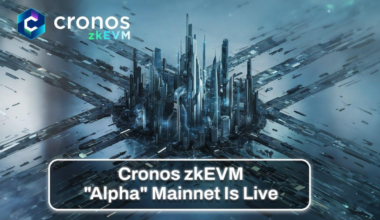A recent report by blockchain analytics firm Nansen highlights the significant impact of the Arbitrum airdrop on network adoption, despite the broader cryptocurrency market’s bearish sentiment.
The report shows that the airdrop not only resulted in a surge in the number of users and transactions on the Arbitrum network, but also contributed to sustained usage levels even after the airdrop was completed.
This growth in adoption distinguishes Arbitrum from other layer-2 networks like Optimism, which experienced stagnant or declining usage during the same time period.
Airdrop Sparks Increased Usage and Transaction Fees
The Arbitrum airdrop proved to be a catalyst for increased network activity. Users flocked to the network, surpassing usage on Ethereum, the network’s base layer, on certain days. Additionally, the airdrop resulted in a rise in transaction fees paid in ETH, further driving network usage.
The report notes that gas spending has been on an upward trend throughout the year, and the airdrop further strengthened this trend.
Sustained Adoption and Higher Value Transactions
While the post-airdrop period saw a decrease in the USD value of transactions processed on the network, it is worth noting that the average transaction value has remained higher than pre-airdrop levels.
This suggests that the airdrop played a role in driving larger and more valuable transactions on the Arbitrum network, indicating continued adoption and engagement.
Arbitrum’s Role as a Layer-2 Solution
Arbitrum is a prominent layer-2 network built on Ethereum that allows users to reduce fees, particularly when interacting with decentralized finance (DeFi) solutions.
It has gained popularity among cryptocurrency enthusiasts seeking cost-effective alternatives to the Ethereum network. Other notable layer-2 networks include Optimism, Starkware, and Bitcoin’s Lightning Network.



